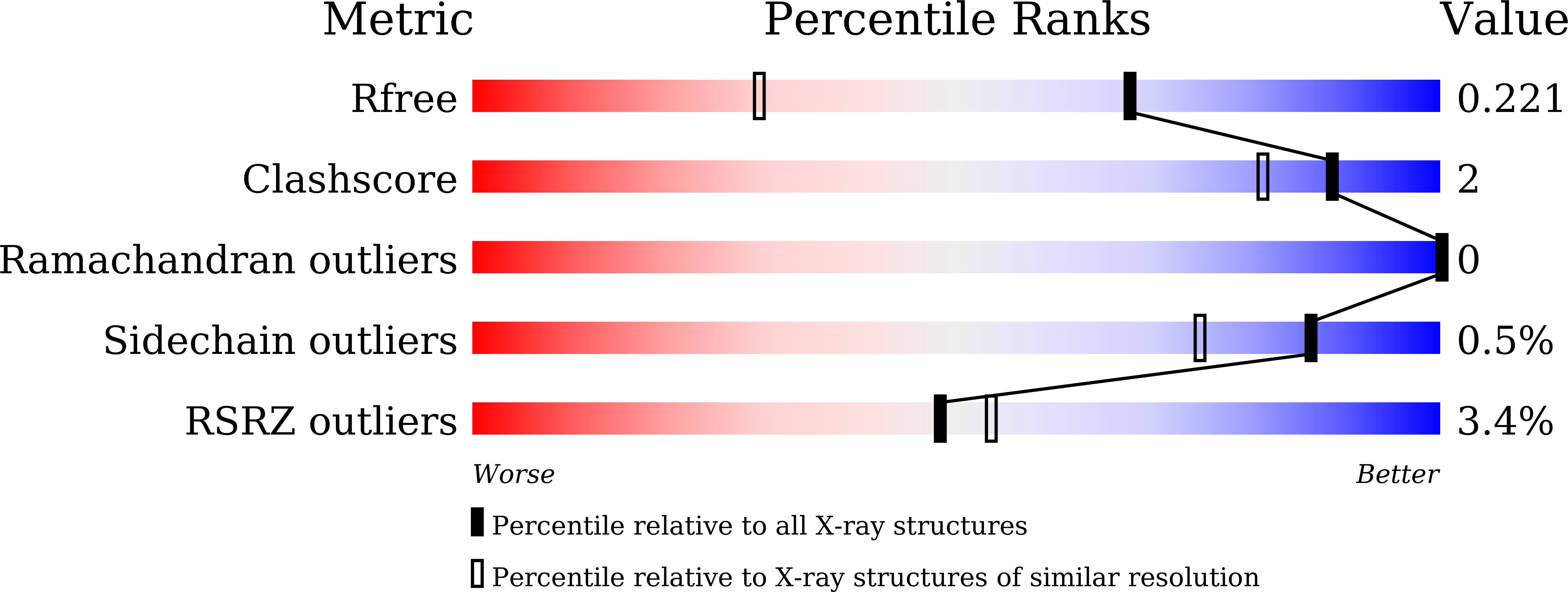
Deposition Date
2024-11-18
Release Date
2025-04-16
Last Version Date
2025-09-10
Entry Detail
PDB ID:
9KND
Keywords:
Title:
Crystal structure of human ERRg LBD in complex with indole
Biological Source:
Source Organism:
Homo sapiens (Taxon ID: 9606)
Host Organism:
Method Details:
Experimental Method:
Resolution:
1.52 Å
R-Value Free:
0.21
R-Value Work:
0.16
R-Value Observed:
0.17
Space Group:
P 41 21 2


